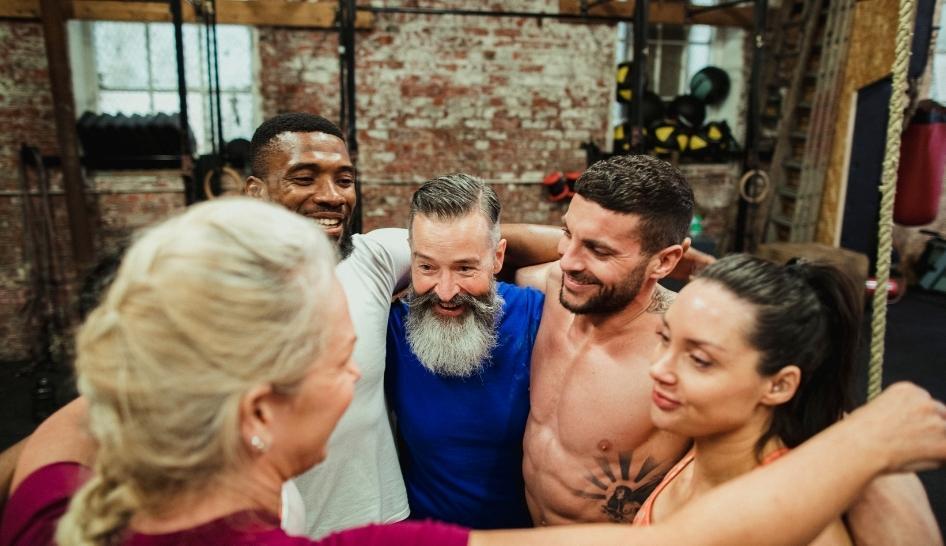Step Six: Show Off Your DEI
Organizations must be big, bold, and loud about their commitment to DEI. Two great ways to accomplish this is through marketing approaches and town hall meetings.
Including a diverse group of people and images in visual marketing campaigns and social media posts are just some of the ways that a company can flex its DEI muscles. This is important because it allows people who are not privy to all the great behind-the-scenes work to experience the organization’s commitment to DEI. It creates buy-in from stakeholders.
Employee- and client-centered town halls are another way for an organization to highlight their dedication to DEI. That said, I should caution you to be prepared for tough conversations, hard truths—or perceptions—and conflicting perspectives.
The flip side is that information acquired from town halls can also offer healing, positive reinforcement and a road map for how to embark on your DEI journey. Town hall meetings are powerful because they speak to the organization’s willingness to hear, consider, and speak to the needs of all people in their community.
Step Seven: Constantly Assess Your DEI
DEI is a fluid endeavor and changes with the landscape of personnel, organizational structure, existing gaps, and demands from the greater community. Embrace this idea and commit yourself to constant proactivity, assessment, and action on the DEI front.
We started these articles with the goal of identifying the “what” and “how” of organizational diversity, equity, and inclusion. How are you feeling about it now? Are you excited to get started? Or do you need more information?
Either way, I hope you’ll take a deeper dive into this topic by joining me at my roundtable discussion, Workplace Diversity & Inclusion Conversation Starter, on Thursday, June 23, from 2 - 3 p.m. at #IHRSA2022 in Miami Beach, FL.

